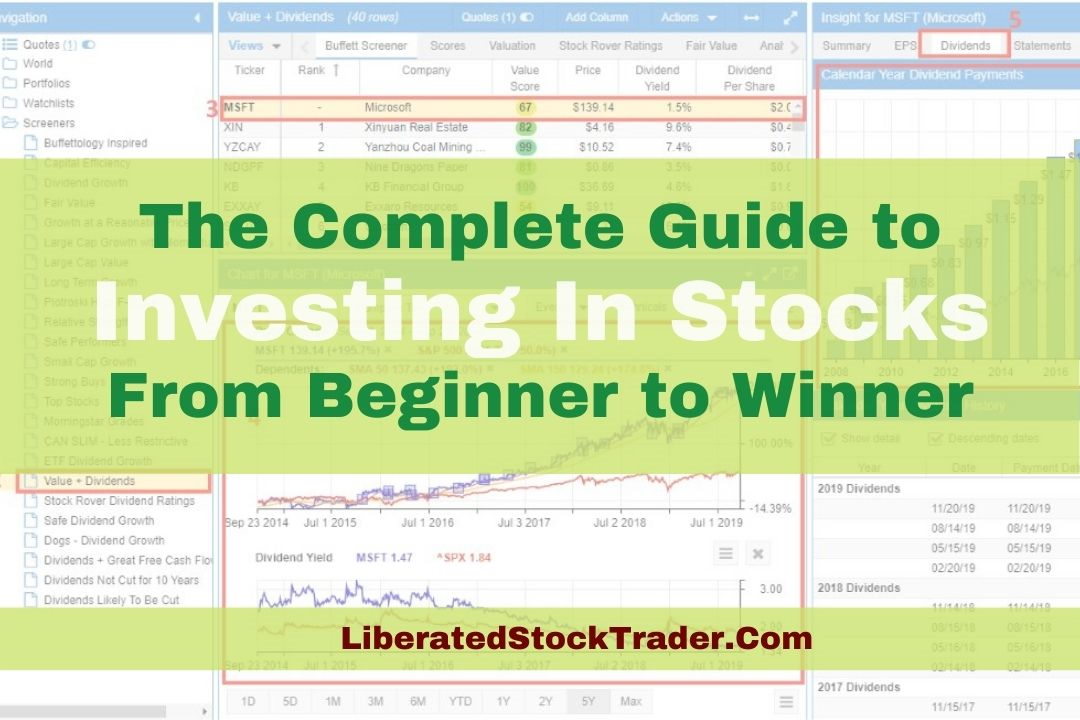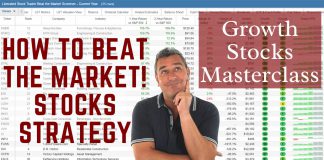Explore the world of stock investment with our comprehensive free training course. Discover strategies, charting techniques, effective stock screening methods, top-notch stock software, and valuable research to enhance your success.
Welcome to the web’s most detailed and complete free guide to investing in stocks. This training course has been built over the last 11 years to bring you the single deepest and richest resource for learning to invest in stocks.
“16 Subjects & 180 Lessons Covering Investing In Stocks Basics To Advanced Proven Strategies.”

There are many ways to make money by investing in stocks, but you will have to decide how to make your profits.
How Will You Invest in Stocks?
- How much time will you invest in learning?
- How much time will you invest in stock research?
- Are you a trader or an investor?
- How will you find great stocks?
Even more important is the type of investing strategy you choose.
What Stock Investing Strategy Will You Choose?
- Value investing – Finding bargain stocks using fundamental analysis.
- Dividend Investing – Seeking a regular income on your investment.
- Growth investing – Searching for the next Amazon or Apple stock.
- ETF Fund Investing – Investing in broad market funds with minimal effort.
- Stock Trading / Day Trading – Trading stocks using technical analysis.
- Manage Your Portfolio – Structuring a balanced or high-performance portfolio.
- Let a Robo Advisor manage your portfolio.
These questions and more are answered in our investing in stocks training course. Please use the menu on the left to begin.



